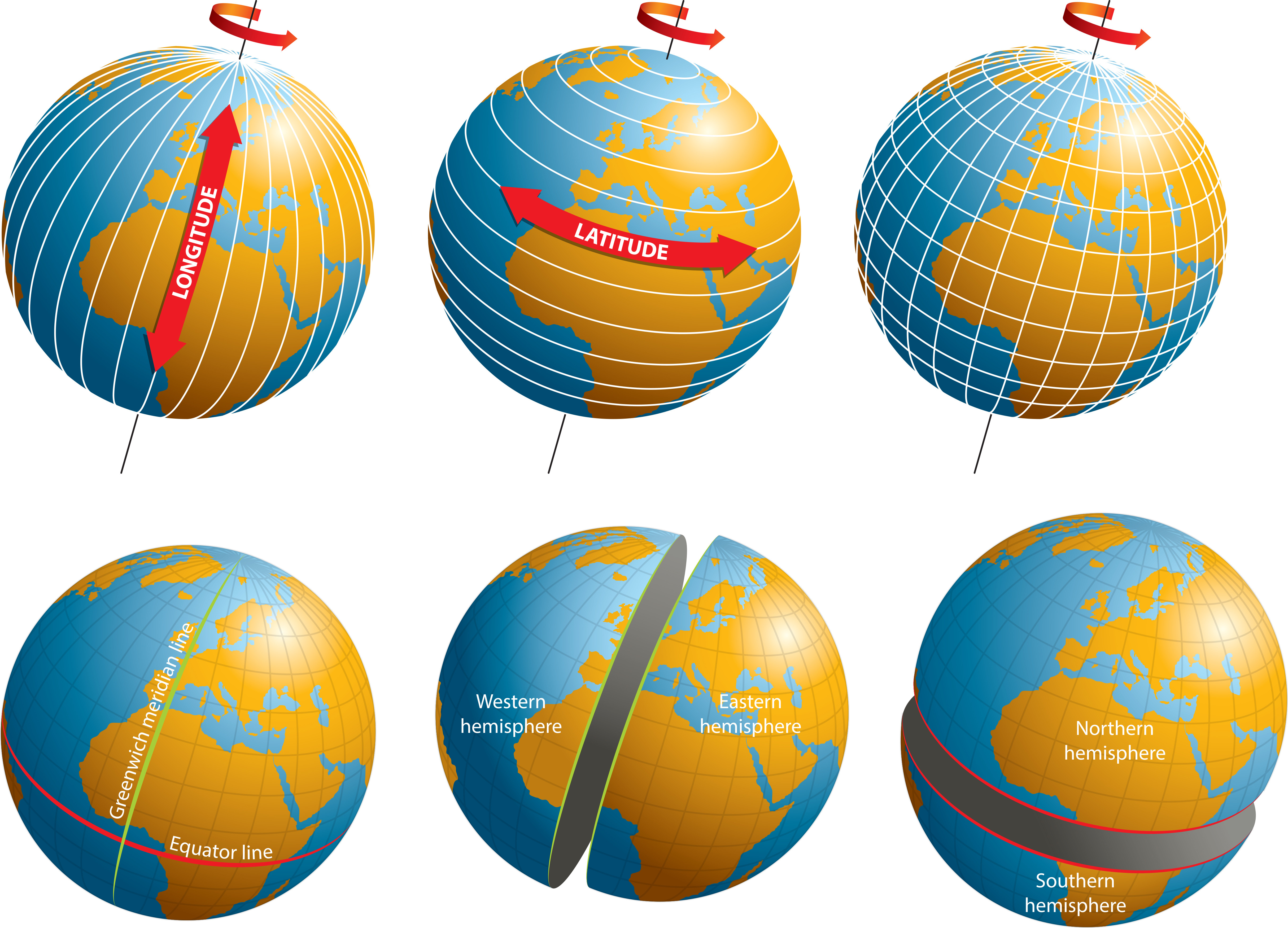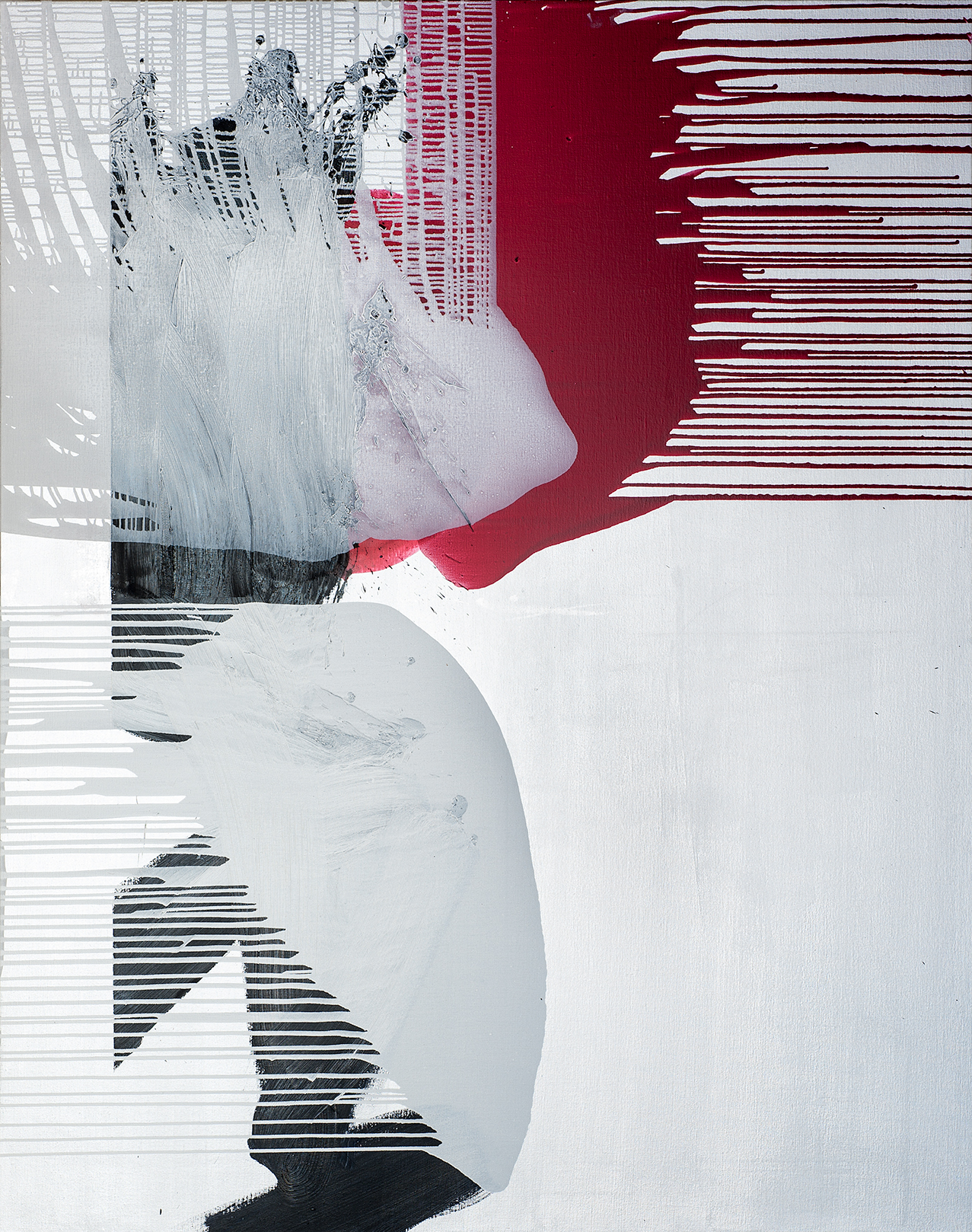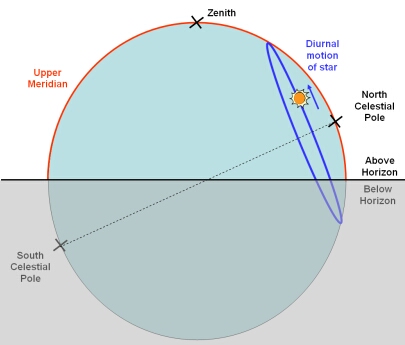
It sounds like you're referring to repositioning the central meridian to reduce the appearance of distortion in a similar way. I call it UTM zone 11.5 It fixes the distortion issue, but I would never create data in that coordinate system. I get around that by creating my own UTM zone for the Data Frame, with the central meridian shifted 3 degrees west from the central meridian of zone 12 (3 degrees east from the central meridian of zone 11).

The streets in that city are on a grid, and the distortion is very apparent at the edges of the UTM zones, which is a cosmetic issue for my particular audience. The area I normally map is near the center of UTM zone 12, but there is a separate project area that I sometimes map, which is near the boundary of zone 11 and 12. I have done this by creating a custom projection. The two examples given here are useful for Central Texas (the Lambert CC projection given above is in wide use here)-although lately, the WGS Auxiliary Sphere projection is coming into more use as we move towards more work with interactive maps! NAD_1983_StatePlane_Texas_South_Central_FIPS_4204_Feet This same method is implemented in the state plan coordinate system, for example Our organization implements a Lambert Conformal Conic projection that subtracts 1,000,000 meters from values for UTM meters.

Give it a whirl!Īre you referring to false easting? If measuring in linear distance (meters, feet) this can have the effect of making coordinate values smaller, giving a little more precision and making arithmetic a little easier. It's very easy to try all kinds of scenarios out in ArcMap, because you can change the data frame's coordinate system without messing with the data's coordinate systems at all. You would have to switch to a cylindrical projection instead. If you use a conical projection for the contiguous US, there will still be some tilt because of the size of the country.


It will also depend on the type of projection used. Use a California state plane zone for the contiguous US, and the eastern half is going to be distinctly slanted! In that case, it's better to use a projection designed for the contiguous US, with its central meridian near the middle of the country. Since we display all geographic CRS in a "pseudo-Plate Carree" projection (it's Plate Carree aka equirectangular but the coordinates aren't scaled by the ellipsoid's semimajor radius), changing the prime meridian will affect what's displayed in the center, and thus the left and right longitudes.įor slanted data, that is directly affected by the data location relative to the central meridian or the central point of the projection.


 0 kommentar(er)
0 kommentar(er)
